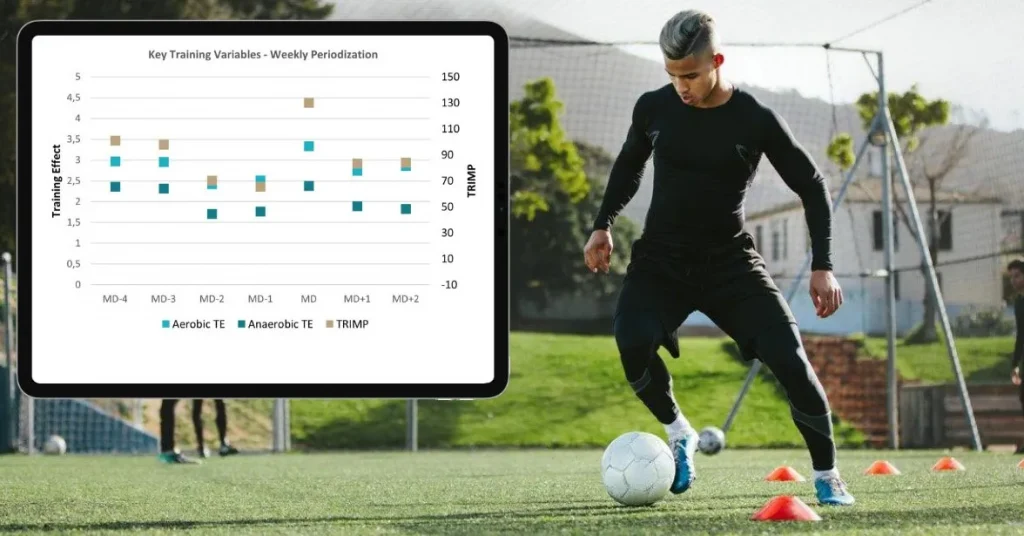Key Elements of Periodization in Sports: A Detailed Analysis
Periodization is a fundamental principle in sports training, allowing athletes to achieve peak performance at the right moments. It involves structured planning and systematic variation in training intensity, volume, and specificity over specific periods. This approach helps prevent burnout, reduces injury risk, and maximizes athletic potential. Understanding the key elements of periodization is crucial for coaches, trainers, and athletes striving for long-term success.
Understanding Periodization
Periodization is the systematic division of training cycles to enhance performance while considering the athlete’s physiological and psychological state. It originated in Eastern European training methodologies and has evolved into a science-backed approach widely used in professional sports.
The primary goal of periodization is to ensure gradual adaptation while preventing overtraining. It achieves this by manipulating training variables such as intensity, volume, frequency, and recovery phases.
Types of Periodization
Linear Periodization
Linear periodization is one of the most traditional models, characterized by gradually increasing intensity while decreasing volume over time. This approach is beneficial for beginners and athletes focusing on strength development.
Key characteristics:
- Progressive overload with a structured intensity increase.
- Reduced training volume as competition approaches.
- Focused on single-peak performance for a given season.
Non-Linear (Undulating) Periodization
Unlike linear periodization, non-linear or undulating periodization involves frequent changes in training intensity and volume. It allows athletes to maintain various aspects of fitness simultaneously and is often preferred by advanced athletes who need adaptability in their training.
Key characteristics:
- Daily, weekly, or monthly variation in load and intensity.
- Focus on multiple performance attributes concurrently.
- Reduced risk of stagnation and overtraining.
Block Periodization
Block periodization is a modern approach that segments training into specialized blocks, each emphasizing a specific training quality. This method is common among elite athletes requiring high specificity in their training.
Key characteristics:
- Focused blocks on strength, endurance, or power.
- Allows peak performance multiple times per year.
- Adaptable to different sports with varying demands.
Key Phases of Periodization
Periodization follows distinct phases, each serving a specific purpose in an athlete’s development. These phases help structure training throughout a season or an extended cycle.
Preparatory Phase
This phase lays the foundation for an athlete’s fitness and performance. It focuses on developing general physical conditioning, enhancing endurance, and strengthening muscles to prepare for higher-intensity training.
Main objectives:
- Improve aerobic capacity and muscular endurance.
- Develop core strength and flexibility.
- Increase training volume with controlled intensity.
Competitive Phase
The competitive phase prioritizes performance optimization. Training intensity reaches its peak while volume decreases to allow full recovery before competitions.
Main objectives:
- Maximize strength, speed, and agility.
- Reduce training volume to avoid fatigue.
- Maintain skill execution under competitive conditions.
Transition Phase
After an intense competitive season, the transition phase helps athletes recover and regenerate. It involves active recovery, reduced training load, and injury rehabilitation if necessary.
Main objectives:
- Mental and physical relaxation.
- Addressing weaknesses and preventing injuries.
- Gradual reintroduction to structured training.
Factors Influencing Effective Periodization
Individual Athlete Considerations
Each athlete has unique needs based on their physiology, experience, and sport. Periodization should be customized to accommodate these factors.
- Training age: Beginners require gradual progression, whereas elite athletes need complex periodization models.
- Recovery rate: Adequate rest is crucial to prevent overtraining.
- Injury history: Previous injuries dictate adjustments in training intensity and volume.
External Factors
Beyond the athlete’s physical attributes, external elements impact periodization success.
- Competition schedule: Periodization must align with major competitions for peak performance.
- Environmental conditions: Climate, altitude, and training facilities affect training effectiveness.
- Psychological readiness: Mental fatigue can be as detrimental as physical overtraining.
Comparison of Periodization Models
| Periodization Type | Intensity Progression | Volume Changes | Best Suited For |
|---|---|---|---|
| Linear Periodization | Gradual increase | Decreases over time | Beginners, strength-focused athletes |
| Non-Linear Periodization | Variable | Alternating | Advanced athletes, multi-sport training |
| Block Periodization | Focused phases | Varies per block | Elite athletes, high-performance sports |
Conclusion
Periodization is a cornerstone of athletic training, ensuring sustainable progress and peak performance at the right moments. By understanding different periodization models and their application, athletes and coaches can optimize their training approach. Whether adopting linear, non-linear, or block periodization, careful planning and individual adaptation are essential. Integrating periodization effectively leads to consistent progress, minimized injury risk, and long-term athletic success.




